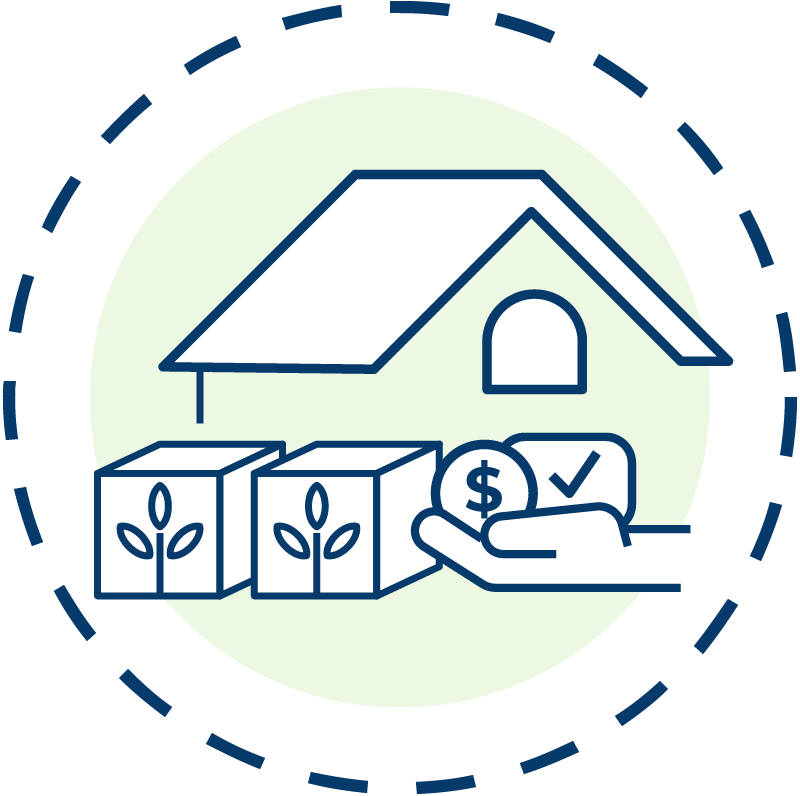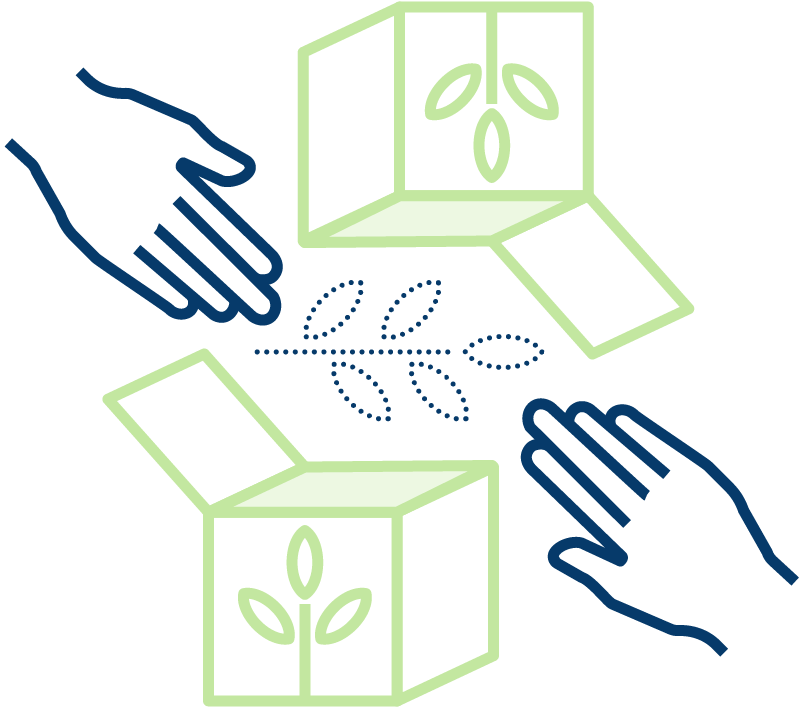Food Access

Martin Luther King once said, “I have the audacity to believe that people everywhere can have three meals a day for their bodies, education, and culture for their minds, and dignity, equality, and freedom for their spirits.” Yet today, according to the United Nations, Sustainable Development Goal 2, “End Hunger, Achieve Food Security and Improved Nutrition and Promote Sustainable Agriculture,” 1 in 10 people suffer from hunger.
Think of a time when you were hungry, how tired you felt, maybe you had a headache, could not focus, and felt foggy or light-headed. In 2020, at the height of the COVID-19 pandemic, 1 in 3 people lacked access to adequate food. According to United Nations Sustainable Development Goal 1, “End Poverty in all its forms Everywhere,” in 2020, soaring food prices negatively impacted 47% of countries in the world, almost half of the countries in the world. Unhealthy diets and malnutrition are linked to diseases in developed and developing countries, as the lack of proper nutrition compromises our bodies’ immune systems. Eradicating poverty and hunger are integrally connected to boosting food production, agricultural productivity, and rural incomes.

According to the USDA, more than 24 million people, including 9 million children in the United States, are food insecure. Many families that are food insecure often do not qualify for federal nutrition programs such as the Supplemental Nutrition Assistance Program (SNAP), which provides temporary benefits to Americans with low incomes to buy groceries, and WIC (Women, Infants, Children), which provides nutritious foods and nutrition education to low-income, at-risk women and infants.
While food insecurity and hunger can impact anyone at any time, often for reasons beyond their control, according to Feeding America, hunger does not affect everyone equally. Some groups like seniors, single parents, black, indigenous and people of color face higher rates of food and nutritional insecurity. When someone does not have enough healthy, nutritious food, their immunity to fight illness disappears, which often leads to diseases such as high blood pressure, heart disease, diabetes, kidney disease, nerve damage, eye diseases, and a host of other diet-related illnesses. For children, malnutrition leads to the inability to focus, and they struggle in school. Households with high food insecurity are more likely to struggle with mental health issues and have problems in social situations.
Barriers to Access: Availability, Familiarity, Distance
Distance
In a survey published in the 2021 Southcoast Food System Assessment (link) a survey of 490 Southeastern MA families in 2020 revealed that 80% of people rely on grocery and big box stores for food. However, 19% of low-income households are over 1 mile in an urban setting or 20 miles in a rural setting from their nearest supermarket. This means physically getting food is a difficult daily endeavor, indicating the need for better bus routes and increasing the number of mobile farmers’ markets in our region.
Familiarity
We also discovered in the research that participation in the federally funded Supplemental Nutrition Assistance Program (SNAP) has increased by 9.4% since 2014. However, 45% of people eligible for SNAP on the Southcoast are not using this federal program expressly set up to mitigate food insecurity. There have been many identified reasons for not accessing SNAP, such as language, internet, and technical barriers, inability to figure out how to complete the application, not understanding what documents are needed, the shame and stigmas attached to using SNAP, and many others. This also means that the Massachusetts Healthy Incentives Program (HIP), which supports SNAP customers to buy local produce by putting money back in their SNAP account when they buy local fruits and vegetables directly from a HIP-approved farmer or farmstand, is underutilized. Another noteworthy Massachusetts program is the Food is Medicine program, currently in the pilot study phase, where nutritional counselors and medical doctors write prescriptions for fresh, healthy vegetables and fruits to treat medical conditions such as diabetes, heart disease, and high blood pressure, and the healthcare system (MassHealth) provides the payment through a Medicaid waiver. We want to put local, healthy vegetables and fruits into the hands of the people most impacted by food insecurity.
Health Equity
Equity gives everyone the necessary resources based on their unique identities and circumstances. Equity requires fair and just distribution systems for all public goods and burdens among all populations or groups. Food insecurity is a systemic problem closely related to poverty resulting from people not having the financial resources to purchase healthful food. Research has shown that food insecurity in the United States is most prevalent in the homes of immigrants, those with disabilities (1), households led by single mothers, families below the poverty line, and homes in Black, Indigenous, and Latinx communities (2). Income and wealth inequity results in the unfair and unequal distribution of goods, such as healthy food, transportation, education, health, and social benefits (3). It is difficult getting grocery stores with healthy food and produce to come into an area impacted by neighborhood crime or the makeup of the physical and social environment. Unaffordable transportation costs or the lack of public transportation can prevent people from going to the grocery store. Not having adequate means of transporting groceries may also limit what people can buy at the grocery store to what they can carry.
Education, socioeconomic status, and occupation also impact food insecurity.
Lower levels of education are associated with food insecurity through less literacy about healthy food choices, less understanding of the risk of food insecurity, and lower income to purchase healthful food (4). Affordable housing and housing security are essential to avoiding food insecurity. Having to stress about losing shelter due to financial instability will cause finances to be diverted from food to other necessities. Research shows that food insecurity may be highest among market renters, followed by homeowners with a mortgage and, finally, mortgage-free homeowners (6).
Food insecurity directly affects health outcomes by causing malnutrition, sarcopenia, obesity, stress, anxiety, depression, decreased cognitive function, and hypertension (5).
Malnutrition, obesity, and hypertension may occur from the increased consumption of calorie-rich, nutrient-poor food. Sarcopenia and decreased cognitive function may occur due to the lack of nutrients when consuming high amounts of calorie-rich, nutrient-poor food. The lack of control over food access and the fear of not knowing where the next meal will come from may cause stress, anxiety, and depression. Structural racism, discrimination, institutional racism, and interpersonal racism contribute to stress, hypertension, anxiety, and depression. These health problems can lead to diabetes, cardiometabolic disease, mental illness, immunosuppression, and unhealthy behaviors, including substance abuse (5).
Everyone should have access to healthy, culturally appropriate food. Join the Southcoast Food Policy Council in our efforts to provide access to healthy foods for everyone through joining as a member for free, joining in our food policy advocacy efforts at sfpc@marioninstitute.org or supporting our efforts at https://www.marioninstitute.org/donatetosfpc.
Resources
- United Nations Sustainable Development Goals
- Johns Hopkins Center for a Livable Future food system educational tool: www.foodsystemprimer.org
- Southcoast Food Production Information
- “Introduction to the Food System” certificate from Johns Hopkins University Bloomberg School of Public Health
- Illuminating Intersections: Hunger and Health
- https://www.rockefellerfoundation.org/wp-content/uploads/2021/07/True-Cost-of-Food-Full-Report-Final.pdf
- Neff, Roni (editor). “Introduction to the US Food System: Public Health, Environment, and Equity” Johns Hopkins Center for a Livable Future. 2015 Published by Jossey-Bass.
- https://www.usda.gov/foodlossandwaste
- Feeding America
- https://www.dietaryguidelines.gov/
- https://sustainablefoodcenter.org/latest/blog/what-is-the-true-cost-of-food
- A Tale of Two Chickens-The hidden cost of food
- (1) Altman, Claire E. and Colleen M. Heflin, Hannah Akanksha Patnaik. 2020. “Disability, food insecurity by nativity, citizenship and duration.” SSM – Population Health. DOI: 10.1016/j.ssmph.2020.100550
- (2) Coleman-Jensen, Alisha and Matthew P. Rabbit, Christian A. Gregory, Anita Singh. 2020. “Household Food Security in the United States in 2019.” United States Department of Agriculture, Economic Research Service ERR-275.
- (3) Kawachi, Ichiro, and Bruce P. Kennedy. 1999 “Income Inequality and Health: Pathways and Mechanisms.” Health Services Research. 34 (1p2): 215–27.
- (4) Zimmerman, Emily B., Steven H. Woolf, and Amber Haley. 2015. “Understanding the Relationship between Education and Health: A Review of the Evidence and an Examination of Community Perspectives.” Agency for Healthcare Research and Quality.
- (5) Wells, Jonathan C and Ana Lydia Sawaya, Rasmus Wibaek, Martha Mwangome, Marios S Poullas, Chittaranjan S Yajnik, Allesandro Demaio. 2020. “The double burden of malnutrition: aetiological pathways and consequences for health.” The Lancet. 395(10217) 4-10.
- (6) Fafard St-Germain, Andrée-Anne and Valerie Tarasuk. 2020. “Homeownership status and risk of food insecurity: examining the role of housing debt, housing expenditure and housing asset using a cross-sectional population-based survey of Canadian households.” International Journal for Equity in Health. 19(1):1-12








